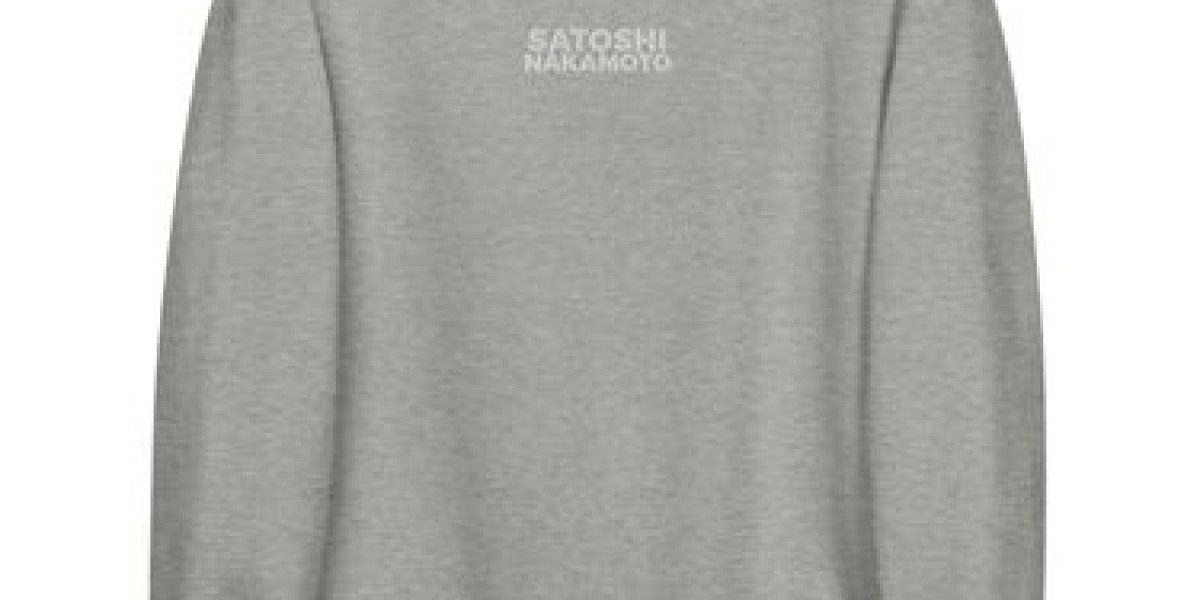In the world of fashion, symbols often speak louder than slogans. They become cultural shorthand, visual triggers that carry entire histories and ideas in a single image. One such symbol that has captivated the fashion world—and forced it to confront a painful history—is the cotton wreath of Denim Tears. At Denim Tears first glance, the wreath resembles a laurel crown, a traditional mark of victory or excellence. But closer inspection reveals its form: a delicate yet haunting ring of raw cotton bolls, evoking slavery, resilience, and a refusal to forget. The brainchild of designer Tremaine Emory, Denim Tears has used this emblem not just as a logo, but as a lens into Black history in America.
The Roots of the Wreath: A Tribute to the Ancestors
Denim Tears launched in 2019, but the story of its most recognizable symbol reaches back centuries. Tremaine Emory, a veteran of the streetwear world and former creative director for Kanye West and Frank Ocean, designed the cotton wreath as a direct reference to the forced labor of African-Americans in the cotton fields of the American South. By placing this historical material front and center in a modern, wearable context, Emory created a poignant contradiction. His clothes aren’t just garments—they’re statements, and the cotton wreath is his loudest one.
The cotton plant, so essential to the Southern economy of the 18th and 19th centuries, became synonymous with slavery. Millions of enslaved Africans were brutalized in the name of "King Cotton," their lives and labor exploited for profit and power. Emory doesn’t shy away from this dark legacy. Instead, he centers it, making it impossible for wearers or viewers to ignore. The cotton wreath, then, is not merely decorative; it is commemorative. It mourns, it honors, and it challenges.
Symbolism and Subversion in Fashion
In a landscape dominated by brand logos that often mean little more than prestige or popularity, the cotton wreath disrupts. It’s not sleek or abstract. It doesn’t exist solely for aesthetics. Instead, it uses symbolism as a form of protest. The very notion of turning cotton—once the product of slave labor—into a luxury fashion statement is deliberately provocative. Emory's goal isn’t to sell rebellion. It’s to evoke reflection.
The decision to present the cotton in a wreath shape further deepens the meaning. Wreaths have long been associated with death and remembrance, commonly used in funerals and memorials. By framing raw cotton in this way, Emory effectively transforms it into a memorial for the countless unnamed Black lives lost to slavery, systemic oppression, and racial violence. It is at once a fashion element and a historical monument.
Denim Tears as a Platform for Black Narratives
Tremaine Emory has said repeatedly that Denim Tears is not just a clothing line—it’s a storytelling platform. Through fashion drops, collaborations, and installations, the brand amplifies narratives that have been sidelined or erased from the mainstream American consciousness. The cotton wreath, appearing prominently on hoodies, jeans, and t-shirts, is the recurring motif tying all of these stories together. It’s a reminder that every piece of clothing is built on histories we are often encouraged to ignore.
When Denim Tears released its inaugural collection—The 1619 Project Capsule—it used the cotton wreath in tandem with text referencing the year the first enslaved Africans were brought to Virginia. The project was in direct dialogue with The New York Times' 1619 Project, which reframed American history through the lens of slavery and its lasting consequences. Emory’s collection acted as both commentary and continuation, using garments to do what essays and textbooks often cannot: reach the streets, the youth, and the cultural zeitgeist.
Challenging the Consumer
What makes the cotton wreath so powerful is its discomfort. Most consumers are not used to being challenged by the clothes they wear. Fashion is often seen as an escape, a fantasy, or an ego boost. Denim Tears flips this script. It asks wearers to think about the labor that makes their clothes possible—not just in contemporary factories, but across centuries of Black suffering. The cotton wreath demands that people carry history on their backs, literally. It complicates the act of getting dressed, turning it into a moral, emotional, and political experience.
In an industry that often borrows from Black culture without context or credit, Emory’s approach is rare. He doesn’t just reference the culture—he roots his work in it, honoring its pain, its legacy, and its brilliance. The cotton wreath is a challenge not just to fashion consumers, but to the industry itself. It says: you cannot love the culture without acknowledging its cost.
The Broader Cultural Impact
Since its debut, the cotton wreath has become more than a logo. It has appeared in collaborations with Levi’s, Dior, and Converse, each time carrying its historical weight into new spaces and new conversations. Through these partnerships, Emory ensures that the cotton wreath reaches audiences far beyond niche streetwear circles. Whether on a denim jacket in Paris or a sneaker in New York, the symbol keeps asking the same question: do you know the story behind what you’re wearing?
Beyond fashion, the wreath has inspired conversations in art, education, and activism. It serves as a visual shorthand for complex histories, making it easier to start difficult conversations. In classrooms, exhibitions, and even protest marches, the image has appeared as a symbol of both mourning and resilience—a testament to its versatility and power.
A Living Memorial
Perhaps the most remarkable thing about the cotton wreath is that it’s still evolving. Emory sees Denim Tears not as a completed project but as a living memorial, always expanding, always deepening its meaning. New drops continue to incorporate the wreath in fresh contexts, sometimes juxtaposed with American flags, chains, or African patterns. Each variation tells a slightly different story, but the central message remains: remember, reckon, and resist.
In doing so, Denim Tears sets a new Denim Tears Sweatshirt standard for fashion with substance. The cotton wreath is not a gimmick or a trend. It’s a permanent fixture, a visual call to consciousness that refuses to be ignored or commodified without consequence. It’s a reminder that style can have soul—and that the past is never as far behind us as we’d like to think.
Conclusion: Wearing History with Intention
In the end, the cotton wreath stands as one of the most significant symbols in contemporary fashion—not because of its design, but because of its depth. It carries stories of suffering and survival. It turns garments into memorials. It bridges the gap between past and present, art and activism, memory and movement. Through this single symbol, Tremaine Emory has created something more than a brand. He has given us a reason to look inward every time we look in the mirror.
Wearing the cotton wreath is not just about style. It’s about intention. It’s about bearing witness. And it’s about never forgetting the cost of what we wear—and who paid for it.







